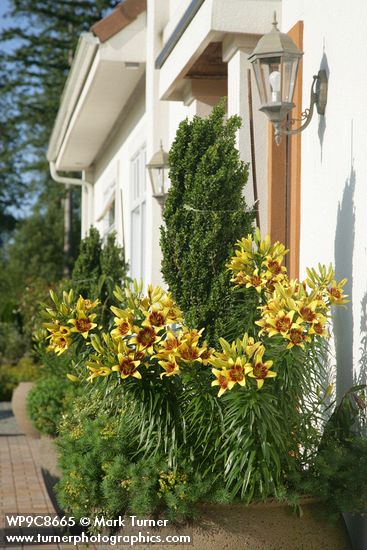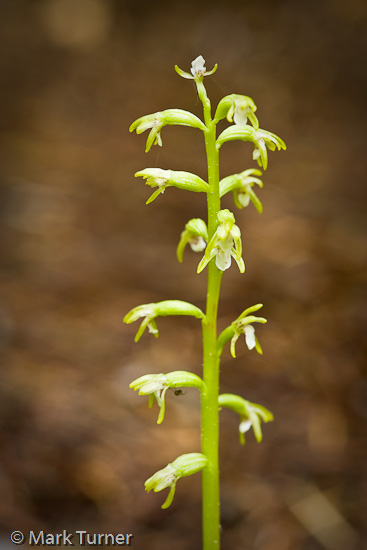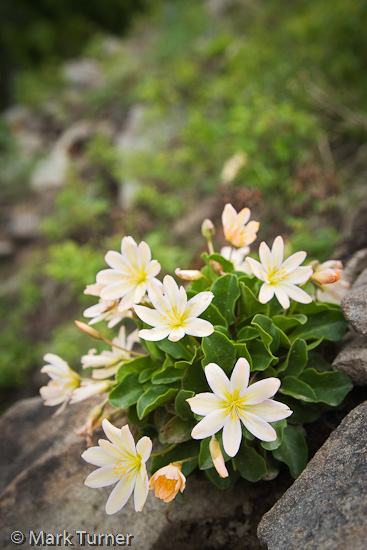Think Cool
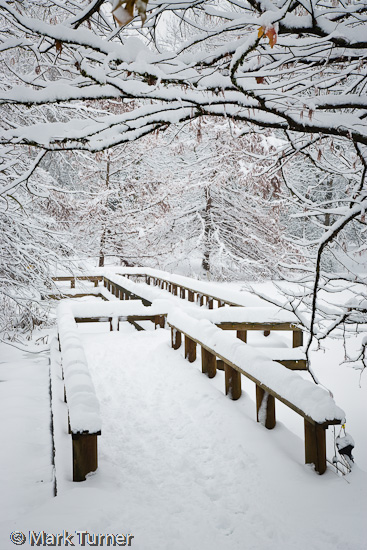 According to Weather Underground, it’s 96° at the Bellingham airport this afternoon. That’s four degrees warmer than the previous record, set in 1960.
According to Weather Underground, it’s 96° at the Bellingham airport this afternoon. That’s four degrees warmer than the previous record, set in 1960.
I’ve been optimizing a group of images for Garden Picture Library this afternoon. This one, of the floating bridge at VanDusen Botanical Garden, was made around Christmas last winter when we had serious snowfall and cold temperatures. For all my northwest friends who are sweltering today, maybe this will help you “think cool.”
I know that about 6 months from now when we’re suffering under dreary drizzly skies we’ll think back on these hot summer days and wish we could have saved a little of the heat for winter. Is some researcher working on a “heat battery” we could charge in the summer and use in the winter? I guess a ground source heat pump is the closest thing available.
In olden days they’d cut blocks of ice from ponds in the winter, pack it in sawdust in an insulated shed, and haul it out in the summer when it was needed.
Think cool!


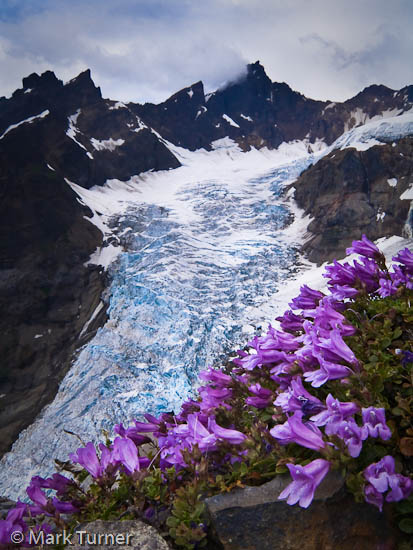 You can’t get much more alpine than this!
You can’t get much more alpine than this! Here’s a great midwest and eastern prairie plant, Liatris spicata, blooming exuberantly today at VanDusen Botanical Garden in Vancouver, British Columbia. It also goes by the common names of Gayfeather or Blazing Star. I believe this is the variety
Here’s a great midwest and eastern prairie plant, Liatris spicata, blooming exuberantly today at VanDusen Botanical Garden in Vancouver, British Columbia. It also goes by the common names of Gayfeather or Blazing Star. I believe this is the variety 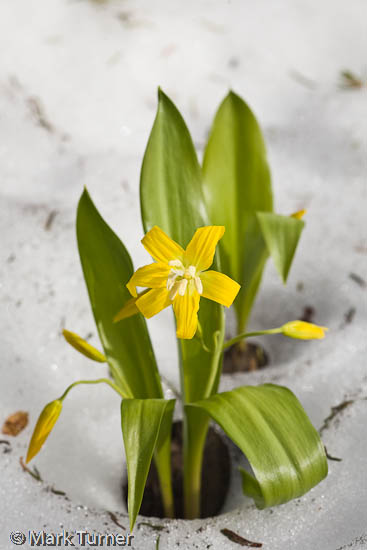 I’d heard for years that glacier lilies (Erythronium grandiflorum) will bloom through the snow, but I’d never caught one in the act until this past weekend. This fine example was at the edge of the receding snow pack in the meadow below Copper Pass in the Okanogan National Forest. Many more of the lilies were pushing their way up through the snow and showing their bright yellow buds.
I’d heard for years that glacier lilies (Erythronium grandiflorum) will bloom through the snow, but I’d never caught one in the act until this past weekend. This fine example was at the edge of the receding snow pack in the meadow below Copper Pass in the Okanogan National Forest. Many more of the lilies were pushing their way up through the snow and showing their bright yellow buds. I got an e-mail this afternoon from a gardener in Ontario, Oregon that I’d visited last month. She’d just received her Horticulture magazine for August. Jean wrote, “Got my issue of Horticulture yesterday and was reading it this afternoon and just now noticed your photo MADE THE COVER!!! Fantastic!! It’s a beauty too with the sweetbriar rose. … Congratulations on a lovely piece of photography with great distribution!”
I got an e-mail this afternoon from a gardener in Ontario, Oregon that I’d visited last month. She’d just received her Horticulture magazine for August. Jean wrote, “Got my issue of Horticulture yesterday and was reading it this afternoon and just now noticed your photo MADE THE COVER!!! Fantastic!! It’s a beauty too with the sweetbriar rose. … Congratulations on a lovely piece of photography with great distribution!”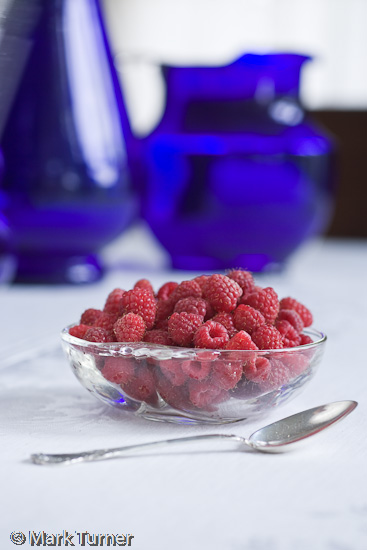 This is about as fresh as you can get. Natalie picked a large bowl of red raspberries in our garden after dinner tonight. As she brought them in I thought they’d make a nice still life.
This is about as fresh as you can get. Natalie picked a large bowl of red raspberries in our garden after dinner tonight. As she brought them in I thought they’d make a nice still life.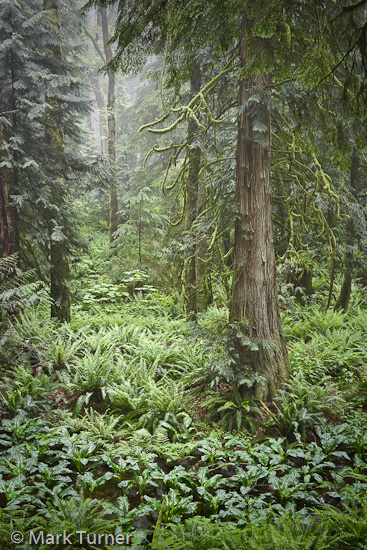 “Forest Primeval” was photographed on an ethereal misty morning visit to the
“Forest Primeval” was photographed on an ethereal misty morning visit to the 